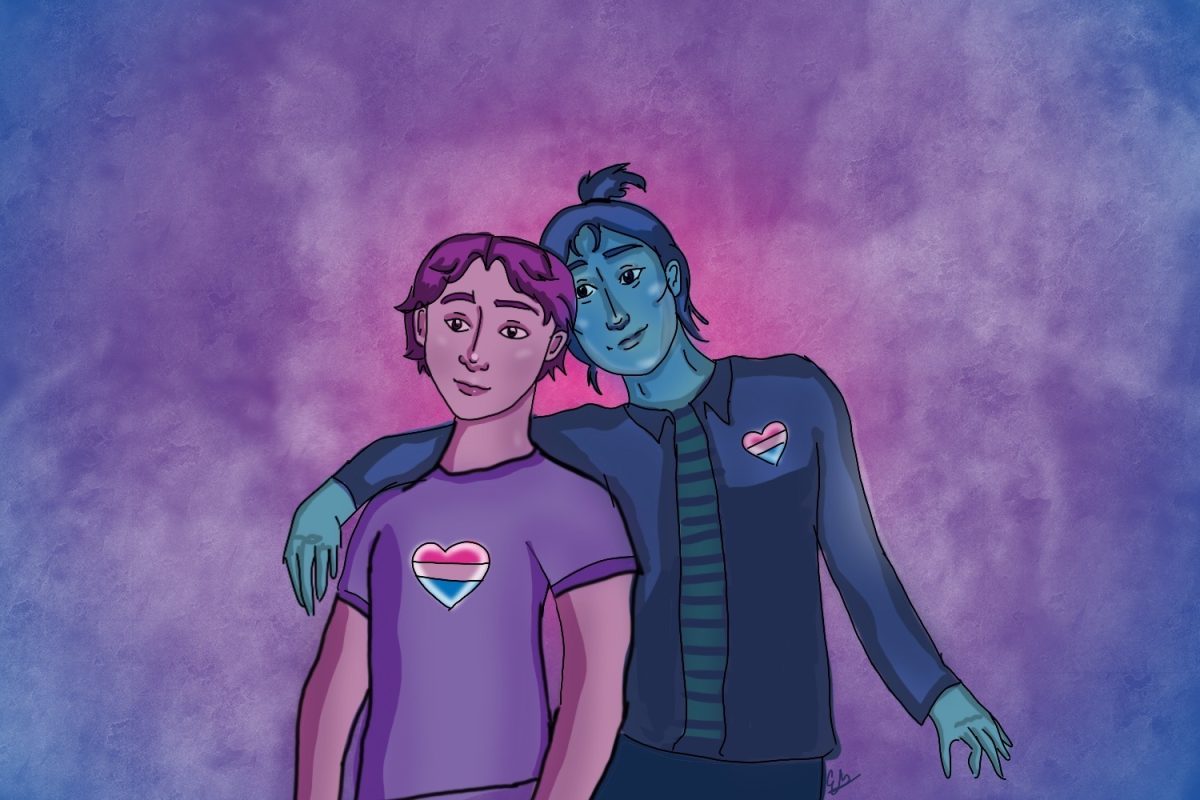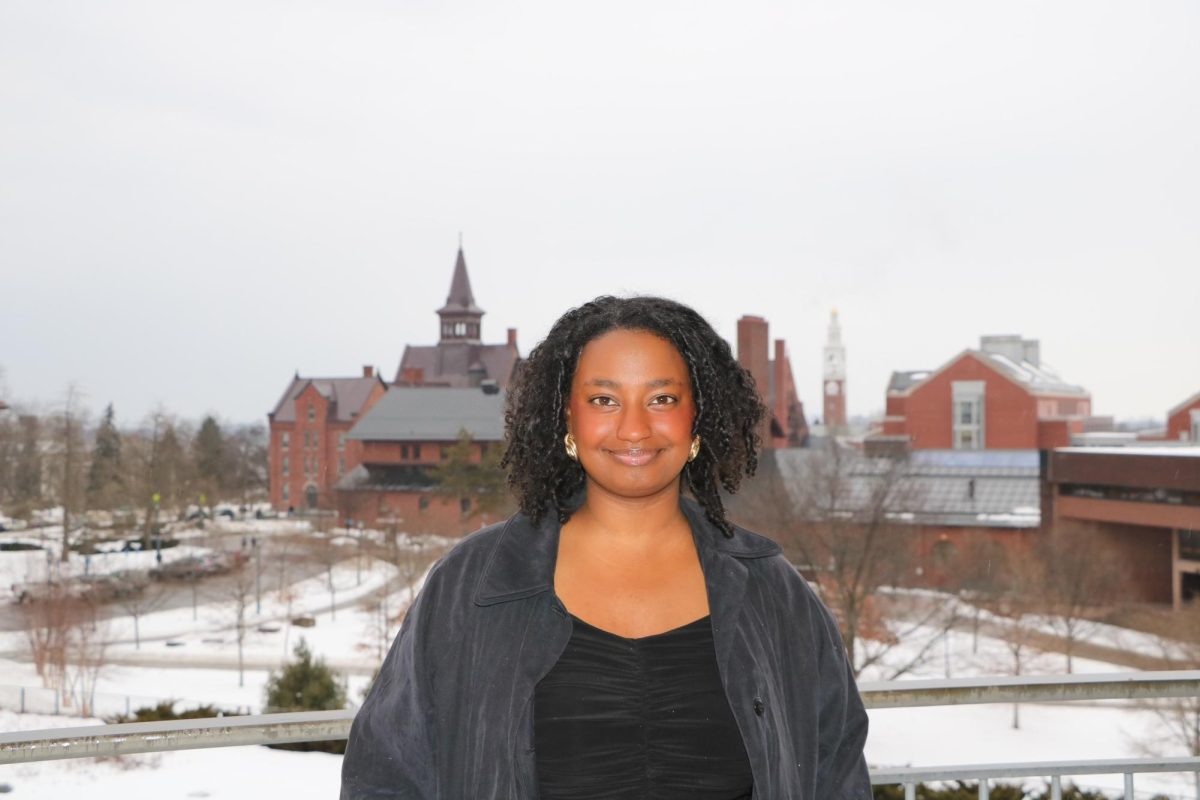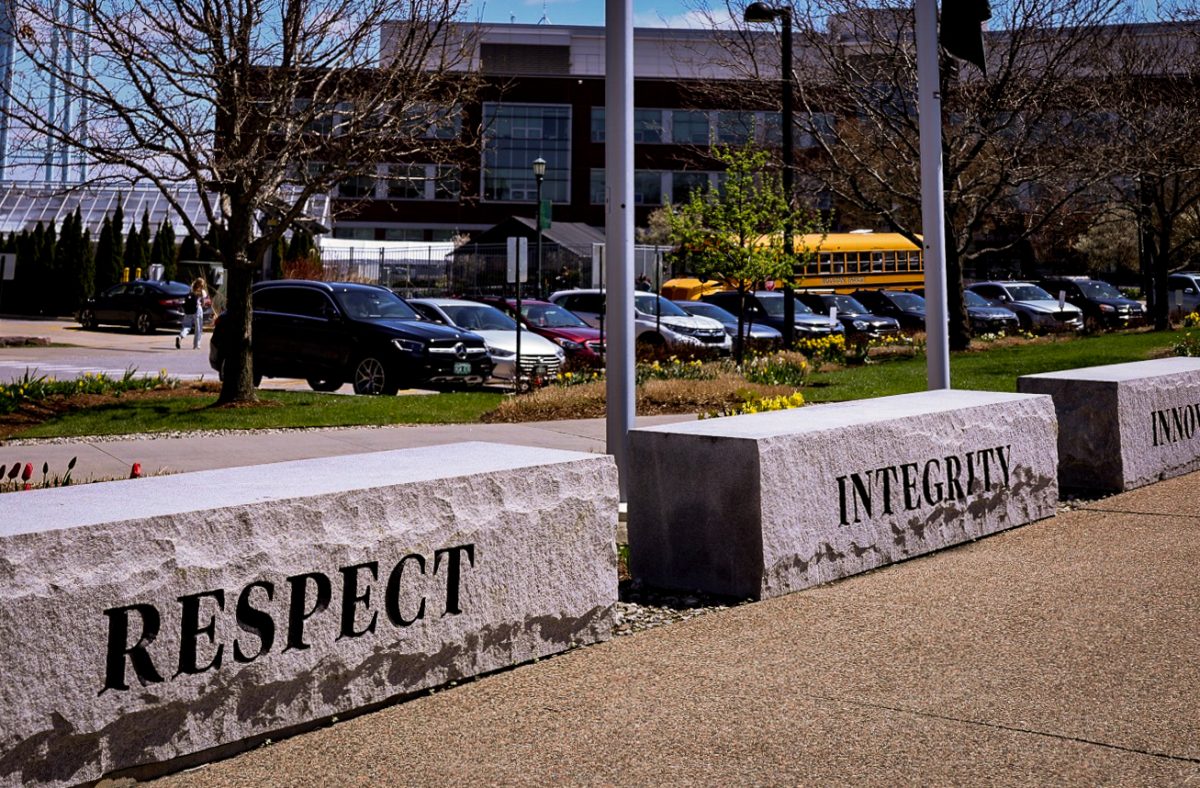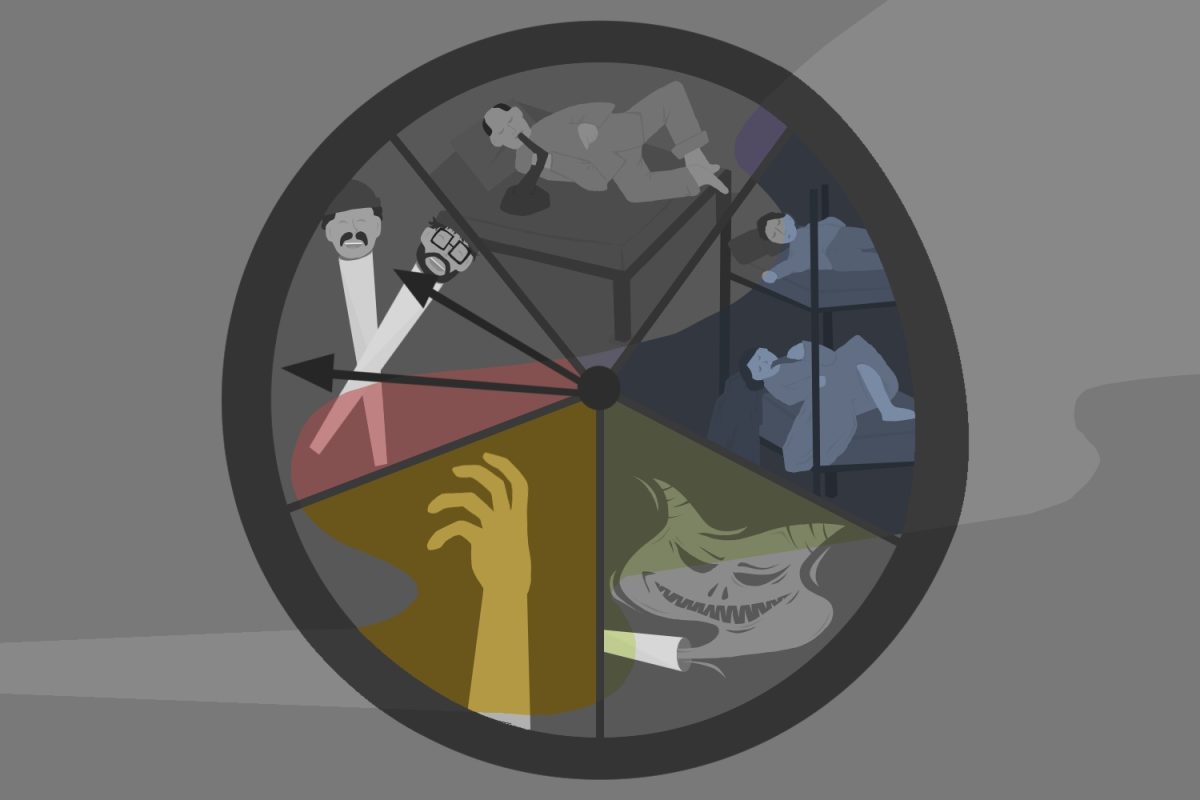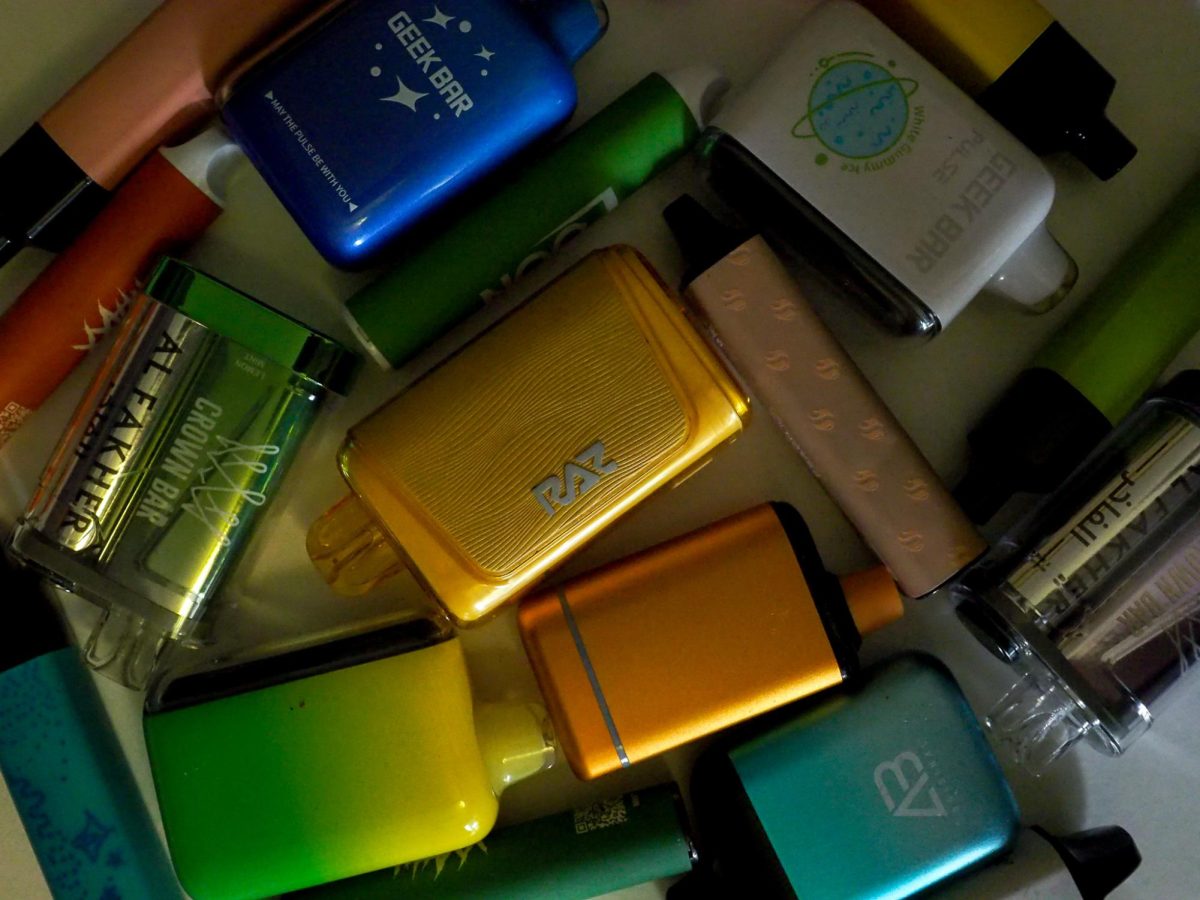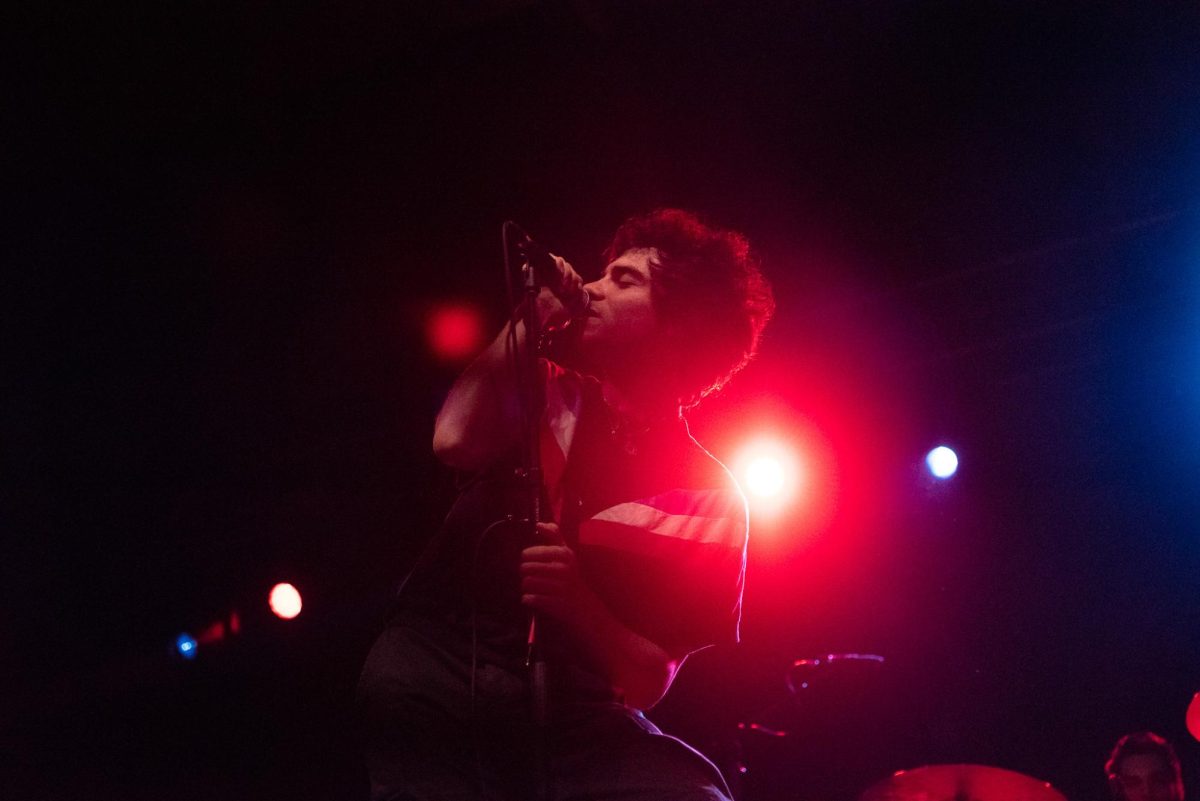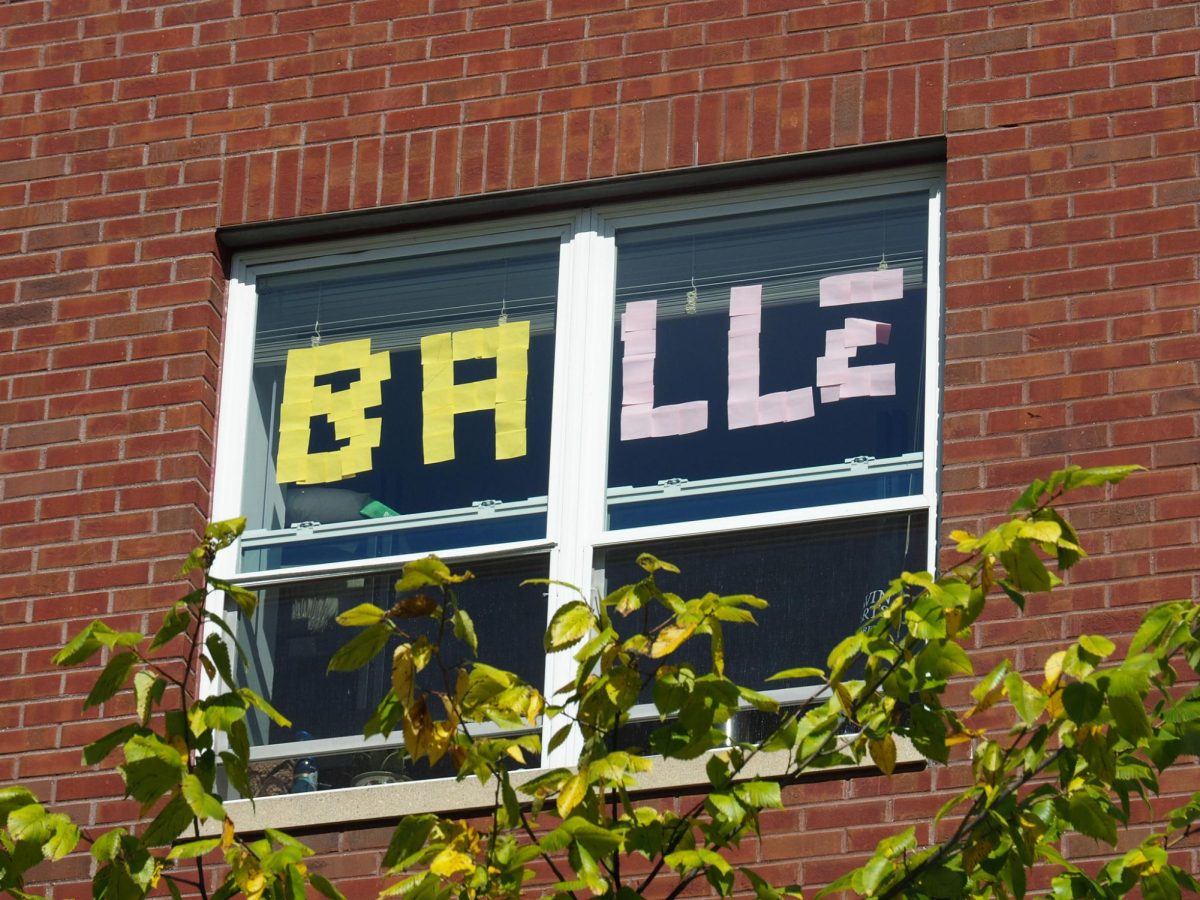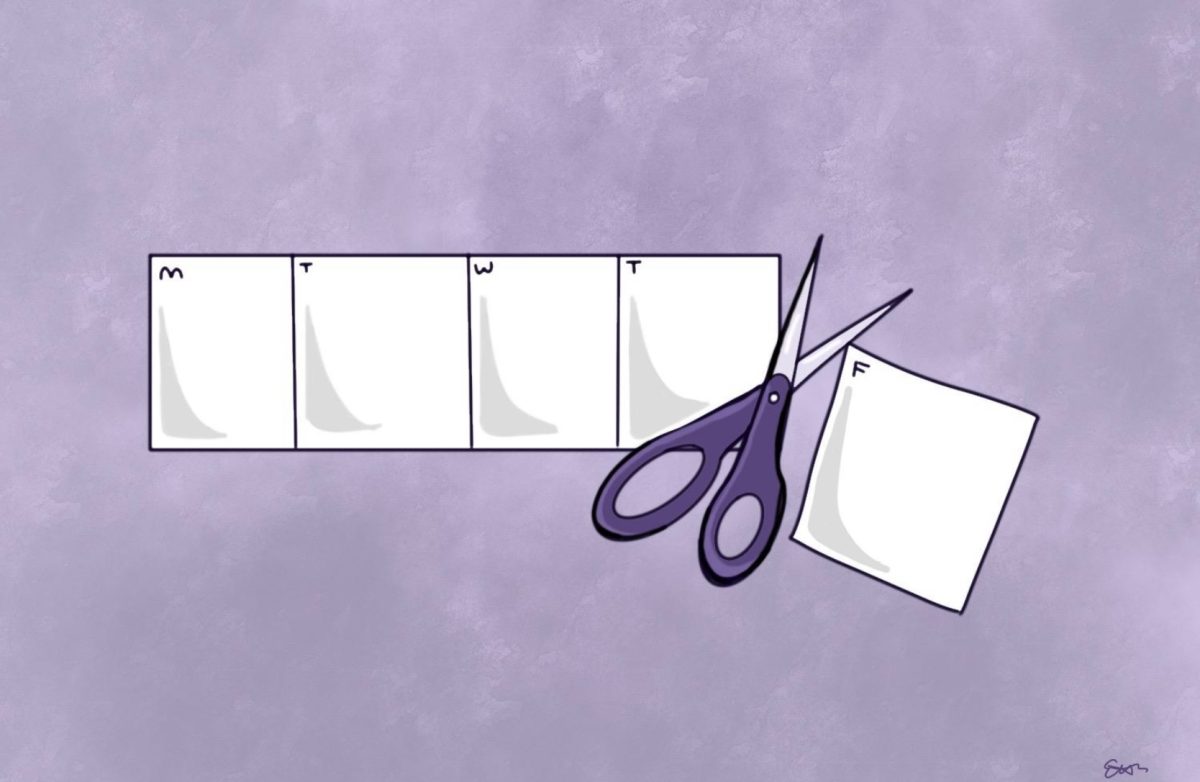Bisexual men just aren’t getting enough positivity or representation in the media and it needs to be recognized.
Compared to other LGBTQ+ communities, bisexuals make up considerably less media representation, with only 26% of LGBTQ+ characters identifying as bisexual. This already small percentage has reportedly been diminishing since 2016, according to a Sept. 2020 CBS Article.
The depictions of bisexual characters are typically stuck in a binary. Characters are either displayed with their bisexuality being a stepping stone toward homosexuality or are shown to have both female and male lovers at the same time.
When these are the only examples of members of a community, they can perpetuate stereotypes and be damaging to the mental health and well-being of bisexual individuals.
Bisexual men are even less represented than the whole.
When I tried to think of at least three male bisexual characters from a well-known TV show or movie, I could only think of one without looking it up.
This character was Oberyn Martell, from the popular HBO series “Game of Thrones,” who is a step in the right direction regarding male bisexual representation.
However, the depiction of Oberyn throughout the series is far from perfect and is at times even harmful towards the bisexual community since his portrayal feeds into the stereotype that bisexual people are more likely to cheat on their partners.
I was able to find only four other bisexual male characters I recognized in a June 2022 Collider article. Some notable characters included Loki from the Marvel Cinematic Universe or Adam Groff from the Netflix show “Sex Education.”
Out of all the male bisexual characters that appeared in that list, the one that stood out to me the most was Nick Nelson from the comic series and recent Netflix adaptation, “Heartstopper.”
Unlike many other depictions of the bisexual community, Nick Nelson is displayed both the most accurately and the most positively.
Throughout the series, Nick is not depicted as being secretly gay, a common stereotype and depiction of specifically bisexual men. Instead, Nick is shown to engage in both heterosexual and homosexual acts of intimacy at separate times.
This positive and healthy representation of a bisexual teenage boy is needed more in current media. From my own personal experience, it has become increasingly challenging for teenage boys to come out as bisexual due to the stereotypes and assumptions that are immediately made.
Bisexuality in teenagers is commonly assumed to just be a cover up for being homosexual, invalidating the experience of teenage bisexuals who are just figuring out who they are.
It is commonly assumed that being bisexual is just a phase for people and that they will eventually grow out of it, according to a Sept. 2022 Minus-18 article.
This harmful stereotype invalidates the experiences and sexuality of bisexual men as well as the entire bisexual community as a whole by creating the idea that their sexuality is just a cover up or a phase.
Speaking from personal experience, these stereotypes cause bisexual teenagers to begin to question their validity in the community.
Bisexual youth report considerably higher rates of suicide compared to other youth LGBTQ+ communities. Forty-eight percent of young bi people considered suicide in the year 2019, with 40% having made a plan to commit suicide and 27% having attempted, according to a 2019 Trevor Project report on CDC findings.
These statistics are terrifying and especially significant when compared to other LGBTQ+ communities. The disparity seems to be caused by the stigma surrounding bisexuality which is increasingly being represented in media, according to the same report.
The media should continue to improve the way that LGBTQ+ communities are depicted as a whole. With bisexual men in particular, the more positive depictions such as Nick Nelson are vital to improving the societal view of bisexual men.
If the media begins to include these more positive representations of bisexual men, the way society views the community can be altered.
The media allows the introduction of new debates and frames of reference regarding the LGBTQ+ community, according to a May 2018 Scholar article.
This introduction encourages new ideas to be formed and create new beliefs specifically around being bisexual.
The power of the media should not be underestimated in our modern world and, if used correctly, it can improve the way society views marginalized communities.


